Understanding Sedum: A Succulent Overview
Welcome to the captivating world of sedum, a diverse clan of succulents that have stolen the hearts of gardeners worldwide. Each member of this extensive family boasts its unique charm—be it the rosette splendor of the ‘Autumn Joy’ or the cascading ruby beads of ‘Dragon’s Blood’. Picking the right sedum for your succulent garden is much like selecting the perfect guest for a dinner party; they need to complement the mood, vibe, and setting you aim to create.
Take Jenny, for instance. She thought her balcony garden was past hope until she met the evergreen sedum that could endure her north-facing nook. It wasn’t long before the sedum’s resilience transformed her once-dreary outlook into a perennial haven. Similarly, Carl, who lives in sunny California, discovered that his ‘Blue Spruce’ sedum thrived magnificently, echoing the hue of the clear Pacific skies.
Timing, as with most things in life, is crucial with sedums. Cultivating a vibrant garden with them relies heavily on the planting season, a window of opportunity that can determine the fate of your green brood. Plant too early, and the tender shoots might become victim to a late frost. Plant too late, and the peak growing season might pass as your sedum yearns for establishment. Spring often presents the golden ticket, offering a soft bedding of moderating temperatures and kindling growth.
When Should You Plant Your Sedum?
Imagine your sedum plants as eager students on the first day of school; the right start leads to a remarkable year ahead. The optimal planting time generally skews towards the mild relief of spring or towards the tail end of summer, as cooler evening temps nurture root growth without the oppressive heat of full summer sun.
But, what does this look like in your garden? Picture the dewy mornings of April as the frost retreats, signaling the sedums to awaken. Or visualize the late-August twilight, not quite summer, not yet fall, a lullaby for roots to stretch into the moistened earth. These are the moments your sedums have been dreaming of, the prime time for them to put down roots and prepare for a spectacle.
For deeper insight into sedum’s penchant for well-timed planting and how to ensure your succulents bask in the glory of a growth-conducive season, feast your eyes on this visual guide:
Remember, while this guide serves as a walkthrough for planting aficionados, it’s no secret that sedums, with their adaptability, can often defy the odds. They’re the rugged optimists of the plant world, eager to take root in almost any season in exchange for the mere promise of a little care and attention.
Decoding the Perfect Sedum Planting Time Calendar
Sedum enthusiasts, are you ready to mark your calendars? Whether you’ve been whispered secrets from the succulent societies or you’re a green-thumbed rookie aiming for garden grandeur, understanding when to plant sedum can be as crucial as knowing the secret handshake at an underground plant club!
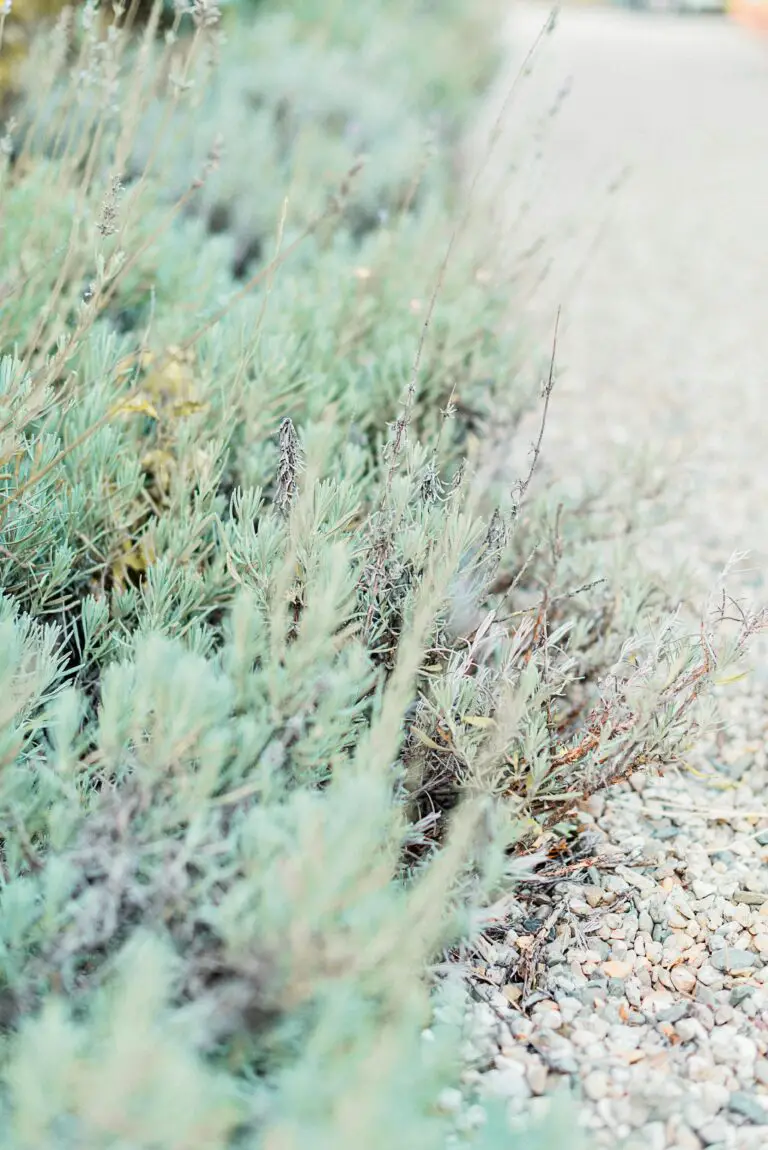
Let’s drill down into the when’s and why’s of planting these hardy beauties. Spring showers bring more than May flowers; they offer the perfect stage for sedum to start their performance. When the frost has bid adieu and the soil is just whispering with warmth, it’s time for your sedum to take root. Early spring planting gives these resilient succulents a chance to establish themselves before the summer sun demands a show.
Now, flip the seasonal coin, and we land on autumn. This is the encore presentation for planting. As the chill nibbles at the edges of summer, sedum slips into the soil like secrets between friends, snug and ready to nestle in before winter’s curtain call. It’s a beautiful time, as the earth is still warm enough to encourage root growth but cool enough to prevent scorching young plants.
But gardeners, heed the call of diversity! Not all sedums sing the same tune. From stonecrops that sprawl across rockeries to showy sedums that stand tall, each species has its own preferred planting time. Cross-reference your regional climate with your chosen sedum’s needs. For instance, in warmer climes, where the ground whispers a continual warmth, planting can extend beyond the usual spring and fall seasons.
Now imagine, if you will, a Northeastern garden, nestled against a backdrop of autumn foliage. Here, planting sedum in the fall gives it the stage to thrive come spring, its roots having embraced the winter’s dormant period. Conversely, in the sun-drenched Southwest, the spring planting empowers sedums to rise against the searing summer with established strength.
Avid gardeners might want to check out additional planting advice that delves into the nuances of sedum care. Embrace the seasonal rhythm, and you’ll find that the sedum’s resilient charm can bring about a garden that radiates life throughout the year!
The Science Behind Sedum Seasonal Success
Timing is everything, especially when it comes to crafting your lush succulent paradise with sedums. Understanding sedum’s dormancy cycles and the nuances of root establishment sheds light on why particular seasons are better for planting. Ever notice how sedums seem indifferent to the chilly embraces of fall or the occasional flirtations with frost? That’s because these hardy succulents come equipped with an internal clock set to nature’s rhythms.
Imagine a group of sedums as a small army of green roofs, splayed out beneath a crisp autumn sky. As fellow gardeners tuck their tender plants in for the impending winter, sedums stand resilient, ready to be planted. This isn’t their first rodeo; they know just how to prepare for the coming cold – shutting down non-essential functions and preserving their core systems to survive and thrive.
Spring showers and sunshine bring a different kind of magic to the sedum world. Fast forward through winter’s sleep, and these succulents awaken with a thirst for life, their roots eager to drink in the moistened soil. 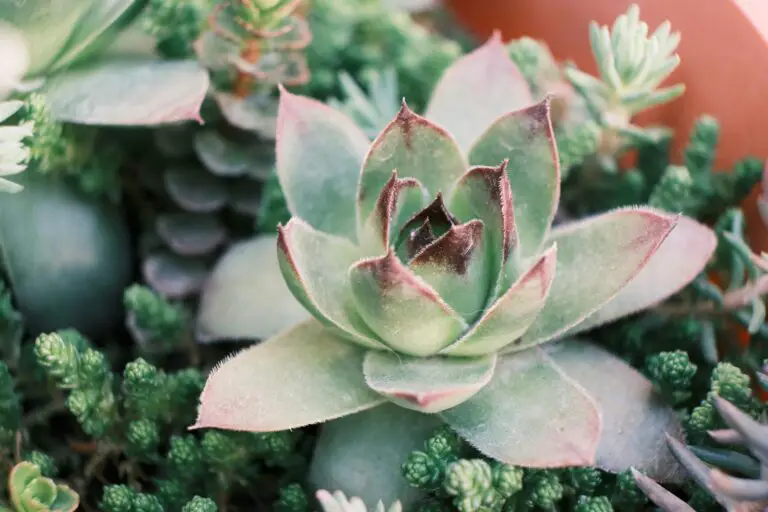 It’s the ideal time for new plantings to happen. The roots stretch out like waking limbs, gripping the earth and establishing themselves with all the vigor of a new season’s promise.
It’s the ideal time for new plantings to happen. The roots stretch out like waking limbs, gripping the earth and establishing themselves with all the vigor of a new season’s promise.
Summer’s scorching heat would make most plants wither and retreat, but not sedums. Far from fragile, these plants are the Spartans of the succulent world. They bear the brunt of the sun’s rays without breaking a (photosynthetic) sweat. And yet, sedums planted in the sweltering heat often miss out on the gentle introductory period that allows for robust root development. So, while a mature sedum can bask in the summer sun, newly planted seedlings might long for the milder kisses of spring or fall.
Leveraging this seasonal savvy is key to a verdant, voluminous sedum display. For those seeking more insight into the practice of ensuring vibrant growth, explore our comprehensive guide on succulent care. Here, we unpack the know-how you’ll need to cultivate success in your own succulent story.
Pre-Planting Strategies: Soil and Site Preparation
Welcome, green thumbs and gardening enthusiasts! As you embark on the journey to create a verdant paradise with luscious sedum, it’s crucial to tune in to the symphony of soil and sunlight that will lay the foundation for your sedum sanctuary. Let’s unveil the pre-planting secrets that will turn your garden into an oasis where sedums don’t just survive – they thrive!
First things first, let’s talk terra firma. Sedums are the master adapters of the plant kingdom, but they have a soft spot for well-draining soil that’s as light and airy as a soufflé. To achieve this gourmet growing medium, begin by loosening the soil – think of it as fluffing a pillow for your plant’s roots to repose in comfort. Be generous with organic matter; a blend that might include compost, peat, or well-rotted manure will introduce your sedum to a buffet of nutrients that promotes hardy growth and effervescent blooms.
Plotting the perfect location for your sedum is akin to placing a chess piece – strategic and thoughtful. These sun-loving succulents bask in the embrace of the sun’s rays, so choose a spot where the sun plays peek-a-boo for at least six hours a day. And while sedums are forgiving to the forgetful gardener, they loathe wet feet, meaning that a raised bed or a slope that ensures A-class drainage will leave your sedums as content as a cat in a sunspot.
Speak of amendments, for sedums, it’s like deciding on the ideal seasoning for your favorite dish. A sprinkle of garden maintenance know-how – envision bone meal or rock dust – can escalate your soil from mundane to marvelous, releasing a slow symphony of minerals that’ll have your sedums singing. Mix these in with a dash of grit or perlite, and voilà, you’ve concocted the primo potting mix.
As we wrap up this guide to garden prep, let’s not forget to feast our eyes on an image that embodies the very spirit of sedum preparedness.
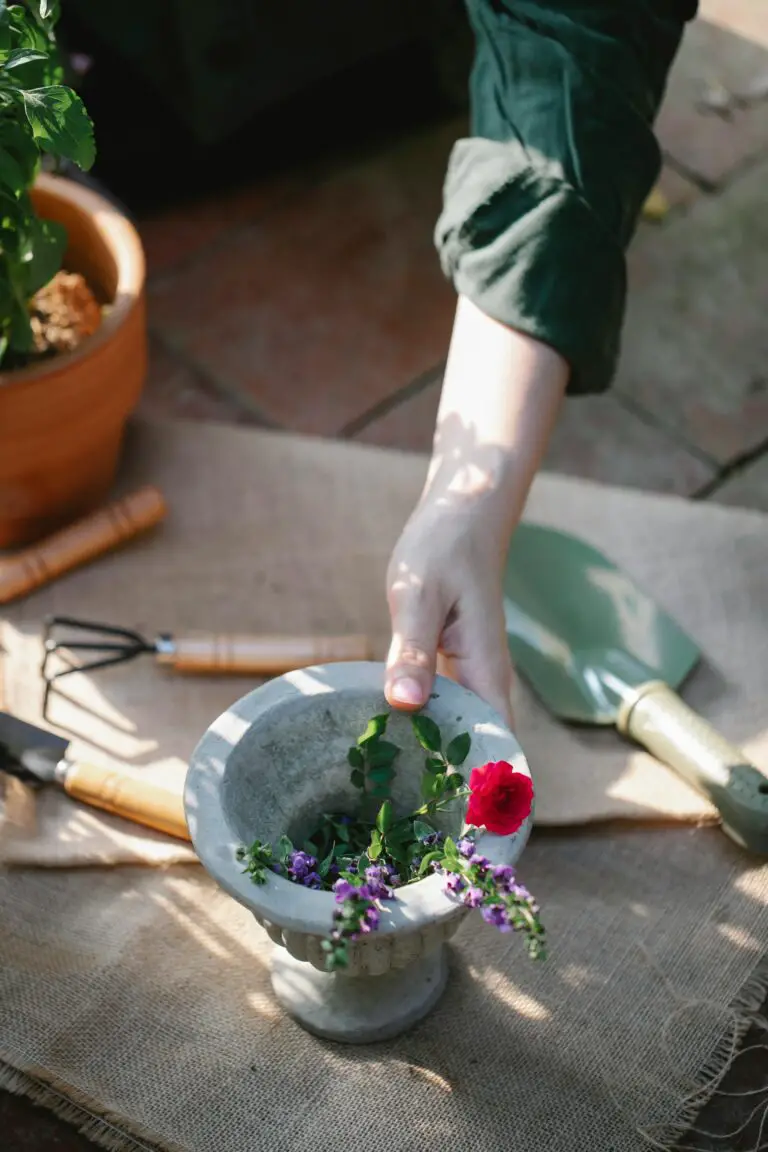
In the grand tapestry of garden lore, these strategies are your warp and weft, interlacing to form a resilient groundwork for your sedums. Embrace these insights with the zest of a springtime melody, and watch as your garden becomes the envy of every plant lover in the realm – a verdant canvas of sedums galore!
Propagating Sedum: Tips for Multiplying Your Succulents
Unlock the power of propagation and turn your single sedum specimen into an emerald empire of succulents! The two popular methods to conquer the quest for a lusher garden are cuttings and division. It’s not just about patience and precision—it’s about the perfect timing. Let’s delve into these methods and synchronize them with the optimal planting calendar to ensure your botanical battalion thrives.
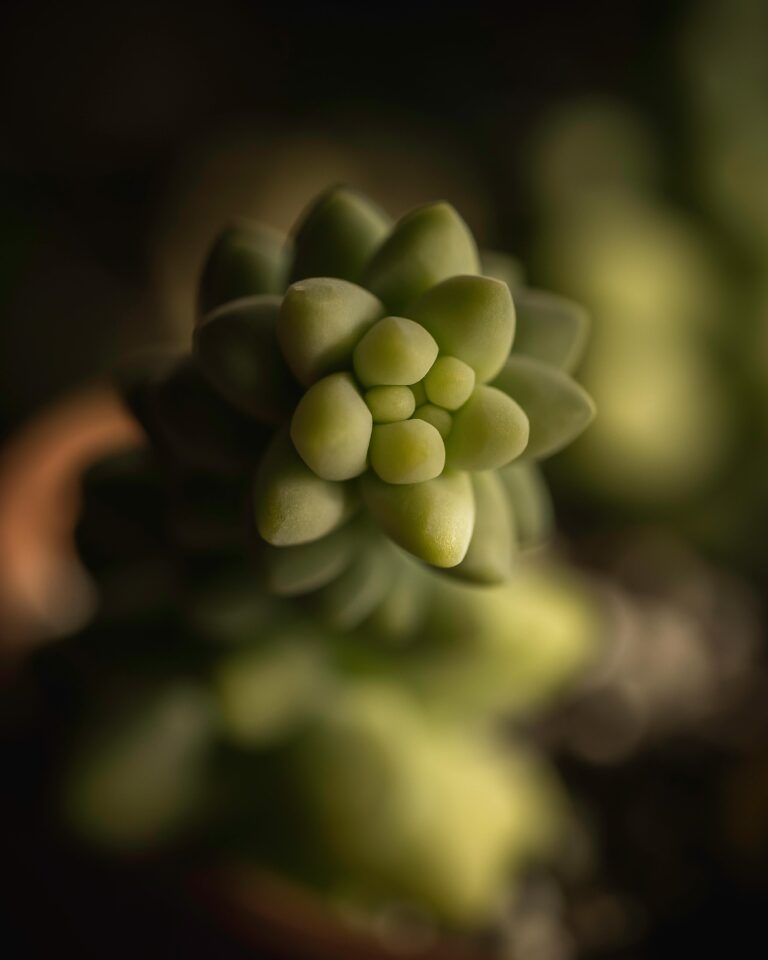
The Art of Cuttings: Clone Your Sedum Successfully
Snipping a piece of sedum might feel like you’re performing delicate surgery, but in fact, it’s a straightforward process that shouts self-reliance. Choose a healthy mother plant and use a clean, sharp tool to cut a segment of stem or leaf. Act like you’re a horticultural ninja, evading the onset of rot by allowing the cutting to callus over for a few days. Once your sedum samurai sword has sealed its wound, plant it in well-draining soil. Timing this process early in the growing season gives these mini-me’s the vigor they need to establish themselves as independent entities.
Division: Double Your Sedum, Double Your Fun
Division might take you back to math class, but we promise, it’s far more rewarding when applied to sedum. This technique is perfect for when your sedum has grown into a full-fledged succulent clump. Simply dig around the base, lift the plant gently, and use your hands or a tool to separate it into segments—like a botanical breadcrumb trail. Each portion should have a fair share of roots and shoots. The best time for this task is just before the growth kicks in, during the sedum’s semi-dormancy period, which typically aligns with early spring or late fall, depending on your climate.
By understanding and implementing these propagation methods at the right moments, you’re not just adding to your garden—you’re creating an enduring legacy. Multiply your sedum with savvy, not just soil, and transform your space into a verdant venue of velvet-leaved victory.
Sedum Aftercare Post-Planting
So you’ve successfully nestled your sedum into the welcoming arms of Mother Earth – congratulations! Now, the real green-fingered magic happens as you guide your succulent friends through their first steps post-planting. Picture this: it’s a sunny day, and there you are, watering can in hand, ensuring your sedums get just the right amount of hydration. Let’s dive into the essentials of sedum aftercare to ensure your garden becomes the envy of plant aficionados near and far.
First things first, remember that your sedum is somewhat of a sun worshipper. Position it where sunlight can grace its leaves generously; this is non-negotiable for those luscious, vibrant colors to flourish. However, moderation is key. Imagine a beachgoer basking in the sun – sedums enjoy a good suntan, but they don’t fancy getting scorched.
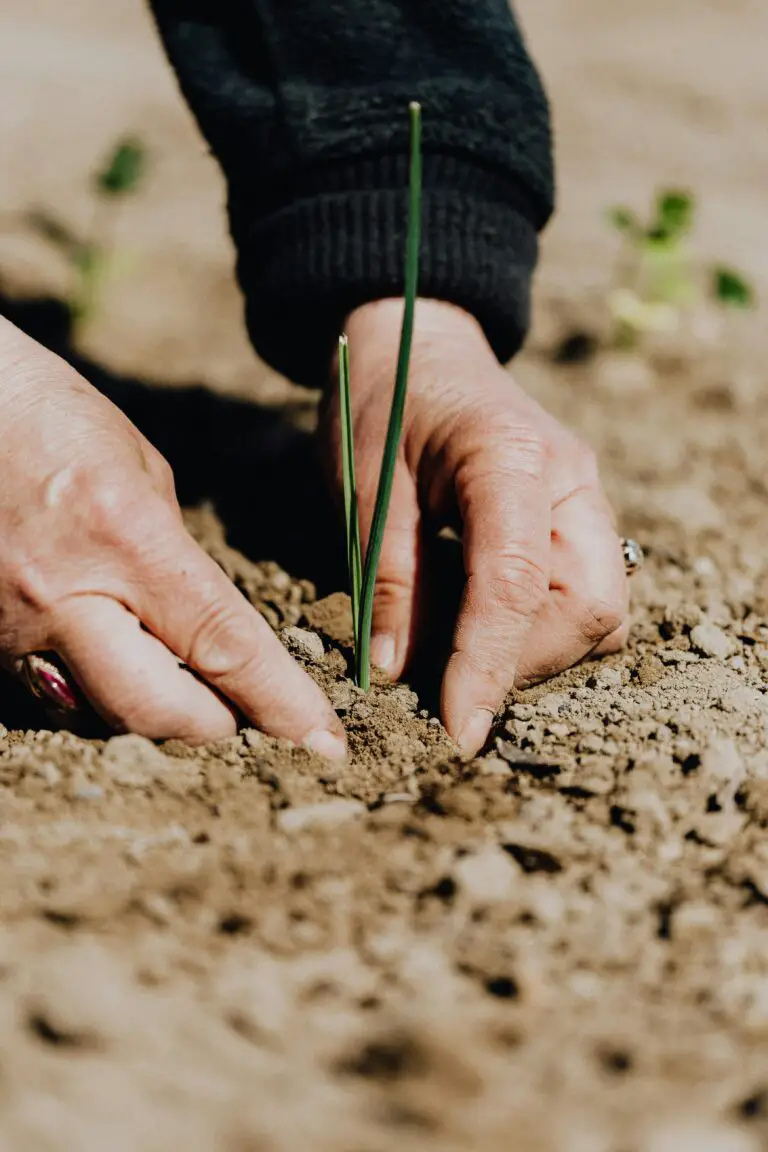
Watering your succulents can seem like a tightrope walk. On one side, you’ve got drought; on the other, waterlogged despair. Overwatering is a sedum’s nemesis, so aim for a ‘less is more’ approach. After planting, allow the soil to dry out completely before giving it another drink. And when the skies open up, consider protecting your sedums from excessive downpours, especially in the colder months. Picture your sedums under a small canopy, like tiny VIPs at their exclusive club.
Finally, climate plays its own game of chess with your garden. In regions where Jack Frost comes knocking, a little extra care ensures that your sedums don’t freeze their petals off. Consider a layer of mulch to keep their roots snug as a bug, or plant them in spots where they can dodge the ice. When spring rolls around, watch out for late frosts – sedums are early risers, and a sudden freeze can catch them by surprise, just like someone stepping out without a jacket, expecting sunny weather.
With these tips, your sedum’s journey from fresh transplant to garden rockstar is well on its way. Keep the faith and a watchful eye, and your succulents will reward you with their stunning beauty and resilience. Happy gardening!
Common Pitfalls to Avoid When Planting Sedum
Embarking on the journey to a thriving sedum garden, you must steer clear of a few common missteps that could turn your green dream into a horticultural nightmare. Let’s dig right in and unearth these pitfalls so you can navigate through with confidence and watch your succulents flourish.
Choosing the Wrong Time to Plant
Timing is everything, especially when it comes to sedum. Consider sedum as a prima donna of the plant world — it demands the perfect moment for its debut. Planting too early in cold, damp soil can send your succulents into shock, whereas too late in the heat can stress them out. Aim for a temperate sweet spot, typically in spring once the threat of frost has passed or in early autumn for the best growth outcome.
Watering Woes: The Drench Dilemma
Overwatering is like offering a cactus a bath; it’s just too much of a good thing. Sedum requires a ‘less is more’ approach to hydration. These plants thrive on neglect, preferring drier conditions that mimic their native habitat. Water them sparingly, and make sure their environment has good drainage. Picture this: a gardener eagerly dousing their sedum daily, only to find a wilted, overwatered plant. Don’t let that be you!
Ignoring the Importance of Sunlight
A sedum trying to grow in the shade is like a fish trying to ride a bicycle — it’s just not going to work. These sun-loving succulents need plenty of bright light to flourish. Denying them their solar fix will lead to weak, leggy plants that won’t hold up the stunning visual you’re aiming for. Plant your sedum in a place where it can bask in the sunlight, just as nature intended.
The Soil Faux Pas: Choosing the Wrong Foundation
Imagine planting your sedum in rich, heavy garden soil, expecting it to prosper, only to watch it struggle and potentially succumb to root rot. Sedum needs a light, airy soil mix that drains quickly, not unlike a sandy stage for its root ballet. Give them the right soil, and they’ll perform effortlessly, reaching their full, lush potential.
Incorporating these insights and avoiding these common errors can be the difference between a sedum that survives and one that thrives. But don’t just take my word for it; see for yourself with this video that captures the essence of proper sedum care.
Elevating Your Garden Aesthetic with Timely Planted Sedum
When it comes to sculpting a garden landscape that’s both effortlessly beautiful and brimming with life, the correct planting time is more than a mere suggestion—it’s your secret ticket to lush, verdant success. Allow me to take you on a virtual stroll through the strategic world of sedum planting, where timing is as crucial for the plants as it is for creating the perfect garden tableau.
Picture this: a canvas of greens and radiant hues, sedum varieties like ‘Autumn Joy’, ‘Vera Jameson’, and the stonecrop stars come together to form a living mosaic—a masterpiece dictated by the seasons. Planting your sedum at the optimal moment, namely in the early spring or autumn when the earth is just waking up or beginning to doze off, can determine whether you end up with a full-bodied, tireless grower or a lackluster addition to your garden tapestry.

But why limit yourself to the pedestrian bounds of seasonal planting? Consider the off-beat charm of a winter-hardy sedum nestled among snow-dusted rocks or the surprise of a late bloomer adding a flush of color to an autumnal scene. The sedum’s resilience and versatility allow it to be a year-round performer if you play your cards right. An early start in cooler weather can give the plants a leg-up, establishing strong roots ready to surge in spring. Whereas, a calculated autumn placement gifts them with a period of rest and a promise of bursting forth with renewed vigor once winter thaws.
Real-life green thumbs can attest to the show-stopping effect of a well-timed sedum display. Take Helen, for instance, whose coastal cottage garden comes alive each year with an impeccably timed cascade of sedum ‘Dragon’s Blood’, its crimson petals a complement to the ebb and flow of the nearby sea. Then there’s urban gardener Eli, who transforms his concrete balcony into a green oasis, finding that planting his sedum collection just as the city shakes off its grey winter coat means he’s in for a summer of lush, virtually carefree greenery.
Whether you’re a novice to the world of succulents or a seasoned pro, remember that the sedum’s simplicity is its strength, and with thoughtful timing, it can be the cornerstone of your garden aesthetic. So, as you look to enhance your landscape, mark your calendar. And when the time is just right, let your gardening adventure begin, and watch as your sedum takes root, thrives, and transforms your outdoor space into a living piece of art.
Frequently Asked Questions about Sedum Planting Times
As the whispers of spring fill the air and gardeners everywhere start itching to get their hands dirty, one question pops up repeatedly: “When is the perfect time to plant sedum?” Here, we’ll delve into the timing tactics that ensure your sedum set roots to thrive for a lush, succulent garden that’s the envy of the neighborhood.
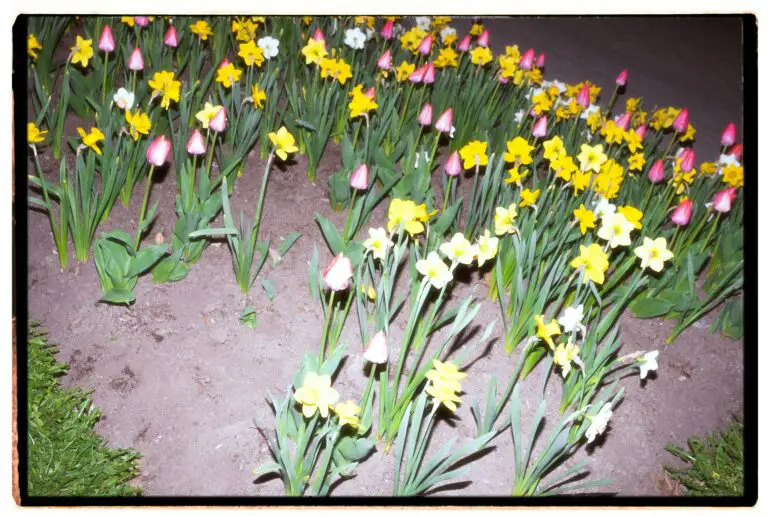
When Should I Roll out the Welcome Mat for Sedum?
Think of sedum as your garden’s sun-loving friend that thrives in the warm embrace of sunshine. To give these hearty succulents the start they deserve, aim for a day when the frost has said its final goodbye and the soil can be worked easily. This usually aligns with late spring to early summer, giving your sedum the perfect runway for takeoff.
Can I Plant Sedum in Autumn Too?
Absolutely! Experienced green thumbs might tell you stories of how they tucked their sedum into the ground as the autumn leaves started their colorful dance. If you’re pondering a fall planting, just give your succulents a few weeks before the first frost to establish their new home comfortably. This will ensure they’re snug and settled before winter’s chill descends.
Do I Need to Time It Down to the Second?
Well, no need to synchronize your watches, but a good rule of thumb is to plant your sedum on a cool, cloudy day. This timing reduces stress on the plants, allowing them to acclimate smoothly to their new spot without battling the harsh midday sun. And don’t worry if you miss the mark; sedum is forgiving and usually bounces back with gusto.
What If I’m Late to the Planting Party?
Life happens, and sometimes we miss the ideal planting window. Fear not! Sedum is remarkably resilient. Even if you’re a tad late, go ahead and plant. Just be sure to offer extra TLC with some mulch and additional water to ease their transition during hotter conditions.
Any Tips for an Unruffled Sedum Soiree?
When inviting sedum into your garden, ensure the landing pad is well-drained soil—they despise wet feet. Also, granting them a space bathed in full sunlight will have them blooming with joy. With these conditions met, you’ll witness your sedum strutting their stuff in no time, turning your garden into a succulent oasis.
In a nutshell, the adage “timing is everything” is spot on when it comes to planting sedum. Heed these pieces of wisdom, and you’ll be well on your way to a garden that buzzes with life and catches every passerby’s eye.



